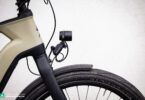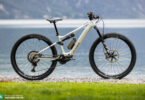In 2022, FAZUA caused a real stir in the eMTB world, not only with the Porsche merger but also with the launch of the new FAZUA Ride 60 drive system, which has suffered from a number of teething problems ever since. Read the full review to find out why it takes a lot more than just promising key data to take on the competition.
This review forms part of our big ebike motor comparison test. Here you’ll find an overview of all 13 motors in review, along with lots of exciting background information, and helpful buying advice for your next purchase!

If you think that ebike motors and sports cars have nothing in common, you’re wrong! Porsche’s Taycan relies on an electric drive system, and with their acquisition of FAZUA, the German sports car manufacturer jumped on board with ebikes too. After buying into the company with a 20 per cent stake in January 2022, a few months later Porsche acquired all of FAZUA’s shares. The result is a brand new company called Porsche eBike Performance GmbH. Back in 2017, the Munich-based tech company introduced their first motor system, packaging the motor and battery in one unit that could be easily removed from the frame. The concept of the first FAZUA Ride 50 Evation motor-battery unit was to combine two bikes into one, allowing you to remove both the battery and motor from the frame as a single unit and use the bike analogue when you wanted to.
While the German tech brand is to be considered one of the pioneers of the light eMTB segment, it’s still unclear whether FAZUA will even get a slice of the success. Unfortunately, the second iteration of FAZUA’s e-drive, the Ride 60, which was developed specifically for eMTB as well as light urban and gravel ebikes, has experienced countless teething issues ever since its launch in 2022. Before this comparison test, we had already tested the FAZUA Ride 60 with 7 different eMTBs, we had problems with 5 of them. While the countless software updates released by FAZUA have brought gradual improvements with them, the motor is still not working as it should. Bike manufacturers are getting increasingly frustrated, along with end users who are forced to abort mission mid-ride or even cancel a weekend tour altogether because their expensive eMTB wouldn’t fire up in the morning. In our huge 2023 eMTB group test, we also had our fair share of problems with TQ, albeit significantly smaller problems – and none of the TQ motors threw in the towel altogether. But recently FAZUA has made progress and is stepping up to the plate. The Bosch Performance Line SX, which is slightly bigger but falls into a similar weight category, delivers a higher peak power and provides an excellent ride feeling – not to mention the perks of Bosch’s sensational global service network. At the risk of repeating ourselves, even the best motor system is only as good as the eMTB it’s part of – and the software and service infrastructure around it are just as important. It doesn’t matter how good it is, if it won’t turn on!
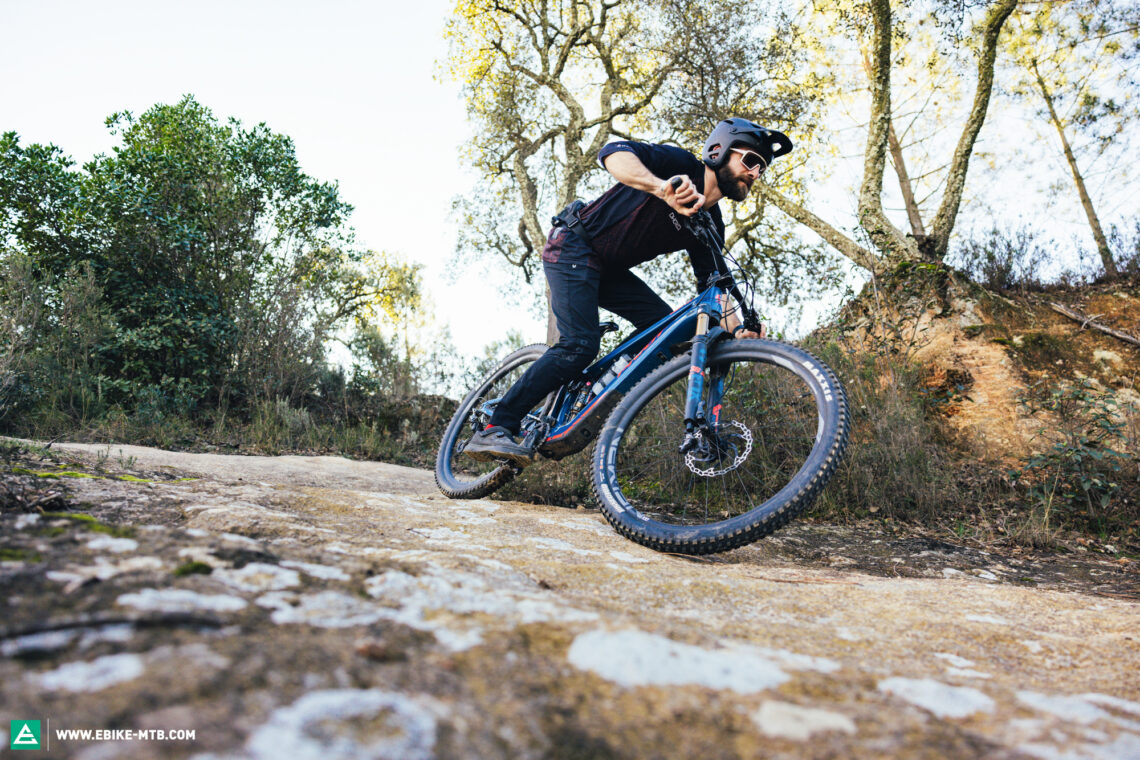
The FAZUA Ride 60 motor system in detail – Abracadabra, make it disappear!
What do Wayne Gretzky and FAZUA bikes have in common? The hockey stick! With most frame designs, the motor’s elongated shape and tall battery create a bend in the bottom bracket area, with the downtube curling into an awkward-looking hockey stick shape. As a result, bikes with a FAZUA Ride 60 motor give away their electric nature more easily than those with the super discreet TQ HPR 50 drive, which allows for near-seamless integration. That said, the Ride 60 is still a lot less conspicuous than the bigger Bosch Performance Line SX motor. Integrating the motor vertically into the frame ensures a cleaner look, as demonstrated by the Haibike Lyke, but this leads to some other compromises such as reduced seatpost insertion depth.
Tipping the scales at 1.98 kg, the FAZUA Ride 60 motor falls into the same weight category as the Bosch Performance Line SX, but is around 130 g heavier than the slightly smaller TQ HPR50. However, if you read the intro to our motor group test carefully, you should know that considering individual characteristics in isolation, such as the weight of the motor, doesn’t make sense – the overall weight of the motor system and the ease of integration are far more important. As the name suggests, the Ride 60 delivers 60 Nm of torque, taking the torque crown amongst the light eMTB motors in this test. This also became evident in our lab tests at the Velotech institute, which showed that at low cadences, the Ride 60 delivers the highest torque of the lightweight systems, and is only topped by the Bosch Performance Line SX when pedalling at lower cadences. In the standard support modes, the FAZUA delivers up to 350 Watts peak power, while boost mode unleashes a short 450 W power burst – but more on this later.
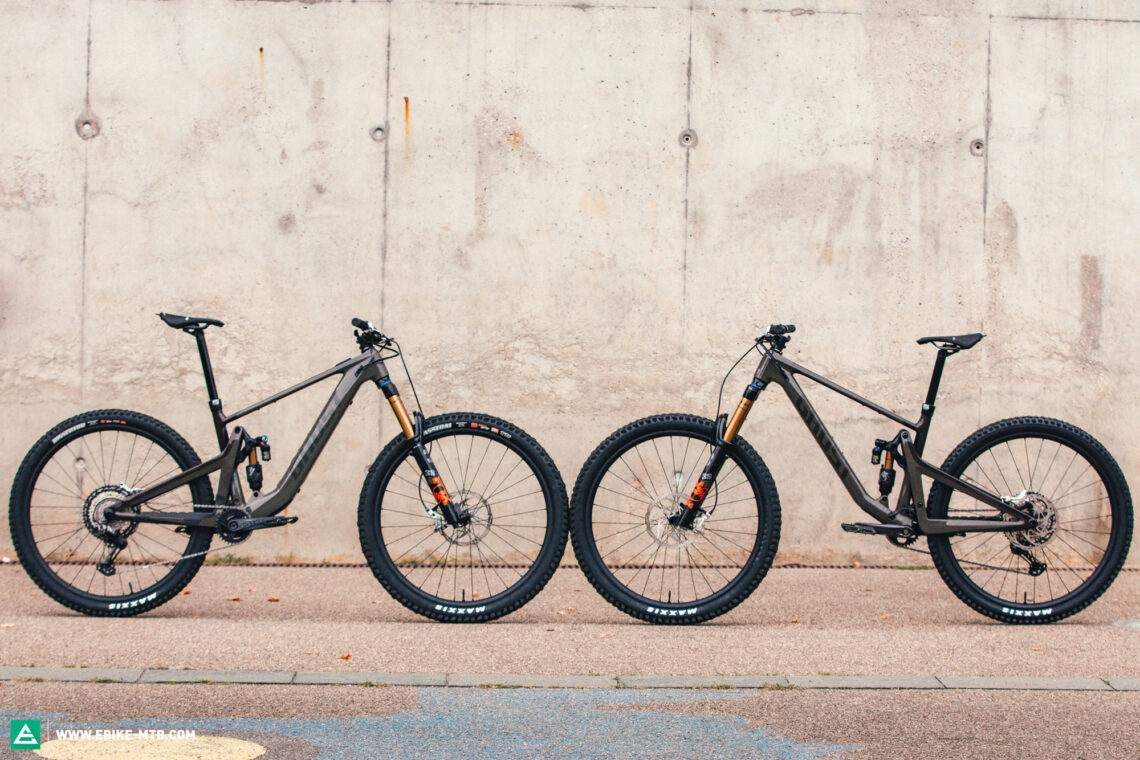
With the Ride 60, FAZUA offer a complete closed package including their proprietary 430 Wh Energy 430 battery, which is available in both a permanently integrated variant and a removable version. At 2.2 kg, the integrated battery is around 100 g lighter and slightly shorter than its removable counterpart. It’s also possible to remove the integrated battery with some clever design: the Haibike Lyke uses the shorter integrated version to ensure a low centre of gravity, with a hatch at the bottom of the down tube allowing you to remove the battery for off-bike charging (with an adaptor). Overall, the FAZUA Ride 60 with the 430 Wh battery falls into a similar weight category as the Bosch Performance Line SX with a 400 Wh battery. Only the TQ HPR 50 system is slightly lighter, but that’s mainly due to the smaller battery and lighter motor.

The FAZUA LED Hub consists of five LEDs that show the battery charge status, and change colour depending on the support level. However, the LEDs show the charge status in big 20% increments, while the different colours of the support modes are difficult to read in direct sunlight. By flipping up the LED hub, you get access to a USB-C charging port. However, calling it a charging port is a bit generous: it only delivers about 1 ampere of power. This isn’t enough to charge your smartphone while riding, and barely keeps the battery running when using your phone to navigate.
To control the motor system, FAZUA rely on the bar-mounted Ring Control remote, which looks rather cheap and provides poor haptic feedback, thus struggling to keep up with its direct competitors, the Bosch Mini Remote and TQ HPR50 Remote. However, the remote is intuitive to use, making it easy to switch between riding modes on the trail and activate boost mode before a climb. Alternatively, the system can be operated via the bar-mounted FAZUA Control Hub, which combines the functions of the Ring Control and LED Hub in one remote. FAZUA don’t offer a proper display, meaning that you’ll have to pair the FAZUA app with an external device to display additional riding information like the current speed and pedalling cadence.
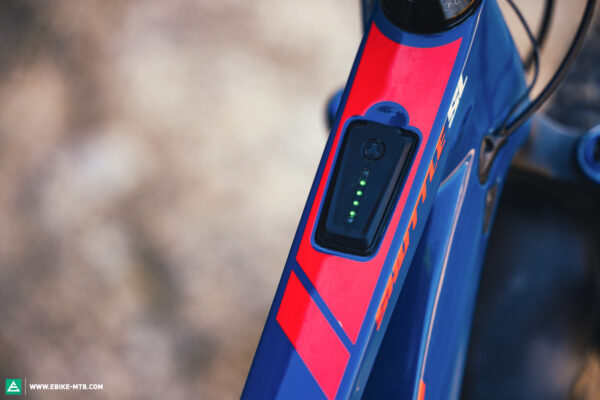

The app also allows you to track your rides and share them on platforms such as Strava and Komoot. Unlike Bosch’s eBike Flow app, the FAZUA app doesn’t include a navigation function. Cool and beginner-friendly! When adjusting the motor settings, the FAZUA app doesn’t flood you with an overwhelming amount of information or baffling diagrams, instead recommending an optimal setting based on a questionnaire you fill out beforehand. To customise the settings, you’ll have to specify the intended use and riding style first. This is particularly useful for beginners and all those who refuse to spend their time pushing around sliders on a screen. If you want to fine-tune the support levels yourself, you can adjust both the mode’s peak power and ramp rate within a certain range. All in all, the app suits a wide range of rider types and all their different approaches – excellent!

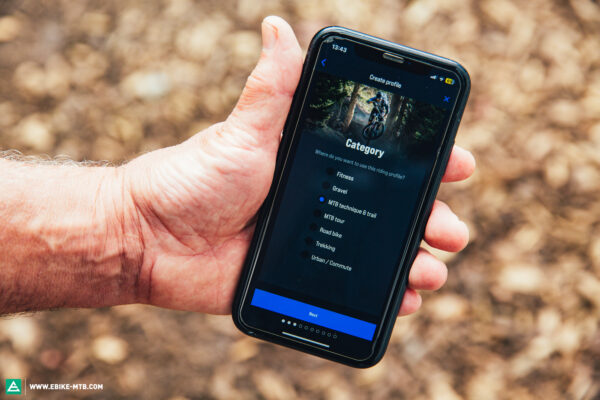
The FAZUA Ride 60 in review – Lightweight motor with rocket power?
On the trail, you can choose from three different support modes with funky names: Breeze, River and Rocket. In all three modes, the FAZUA Ride 60 churns out up to 350 Watts. When activating boost mode via the remote, the motor churns out 450 Watts, adding an additional 100 watts to the 350 W max. continuous rating, for up to 12 seconds. However, the additional power boost takes a while to kick in and might cut off sooner if the battery is low or the motor is too hot. In the best-case scenario, the additional 100 watts burst lasts for the entire 12 seconds, but it also stops earlier if you ease off the pressure on the pedals. While that might not be enough to race to the top of Mount Everest, it’s plenty when you want to overtake your mates on your way to the trailhead. When using Rocket mode in the standard setting, the FAZUA provides noticeably more assistance than the TQ HPR50 motor in the highest support mode. At the 25 km/h threshold, you’ll hardly notice that the motor cuts off.
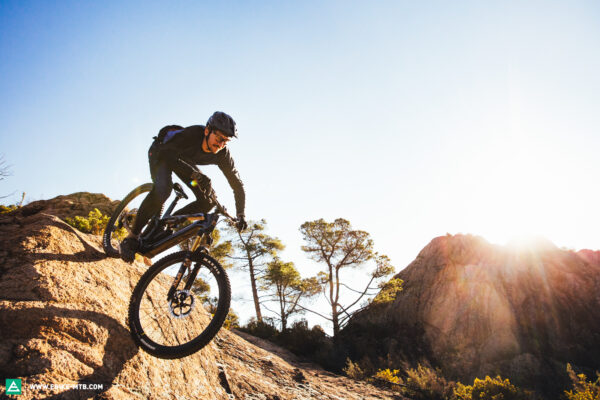
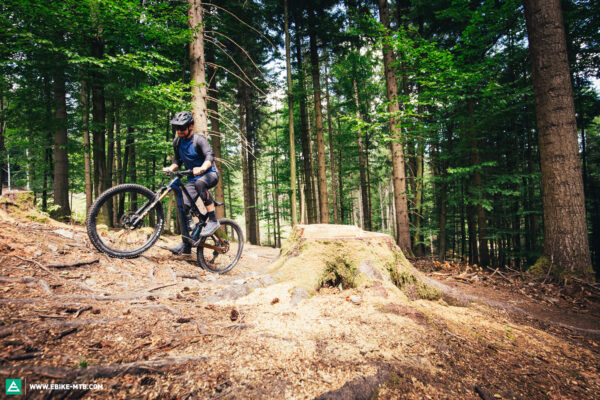
While both the FAZUA Ride 60 and Bosch Performance Line SX push hard at low pedalling cadences, the FAZUA delivers its power more directly, while the SX provides smoother modulation and also conceals cadence fluctuations better. Nevertheless, FAZUA’s latest 1.8 update has successfully addressed the Ride 60’s distinctive “thinking pause”, which we’ve widely criticised in the past. With the older software, the motor took too long to resume assistance after you’d stopped pedalling on a technical climb, kicking in both too late and too harshly for our liking. Now the motor delivers its power much more directly and according to the cadence and pressure you exert on the pedal. Except for the rather abrupt Rocket mode, all support levels ensure a fairly natural ride feeling – albeit not as natural as the TQ HPR50 and Specialized SL1.2. When it comes to background noise, the FAZUA Ride 60 can’t quite keep up with the super-quiet TQ HPR50 and Bosch Performance Line SX motors, but still proved one of the quietest motors in the entire test field. That said, the noise level gets noticeably louder under load and with higher cadences, though the noise quickly blurs into the background with the ambient noise at higher speeds.
Our conclusions about the FAZUA Ride 60
With the Ride 60, FAZUA offer a motor system with exciting prospects and a slim design. In practice, the engine scores with a low noise level and a beginner-friendly motor setup. However, getting things right on paper isn’t the same thing as offering a reliable, well-functioning motor. Despite the improvements, the system is not ready for the market yet, but FAZUA is catching up and is on the right track.
Tops
- Pushes willingly uphill
- Intuitive motor adjustments suitable for beginners
- Seamless integration
Flops
- Poor haptic feedback, both on the remote and display
For more information, visit fazua.com
The test field
For an overview of our big ebike motor comparison test click here
All ebike motors in test: Bosch Performance Line CX (Click for review) | Bosch Performance Line CX Race (Click for review) | Bosch Performance Line SX (Click for review) | Brose Drive S Mag (Click for review) | FAZUA Ride 60 | GIANT SyncDrive Pro2 (Click for review) | Panasonic GX Ultimate (Click for review) | Pinion MGU E1.12 (Click for review) | Shimano EP801 (Click for review) | Specialized SL 1.2 (Click for review) | Specialized 2.2 (Click for review) | TQ HPR 50 | Yamaha PW-X3 (Click for review)
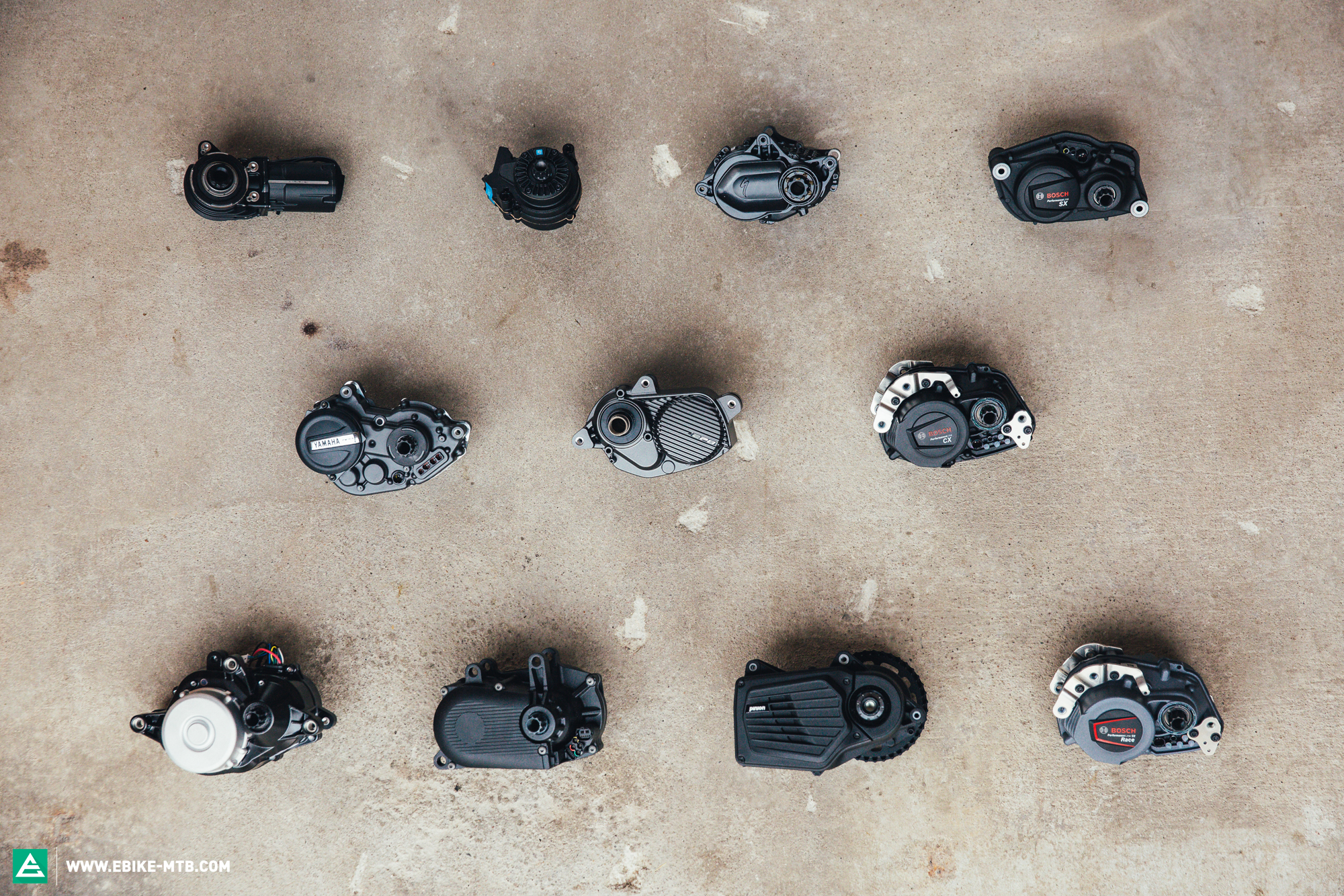
Did you enjoy this article? If so, we would be stoked if you decide to support us with a monthly contribution. By becoming a supporter of E-MOUNTAINBIKE, you will help secure a sustainable future for high-quality cycling journalism. Click here to learn more.
Words: Mike Hunger Photos: Various




